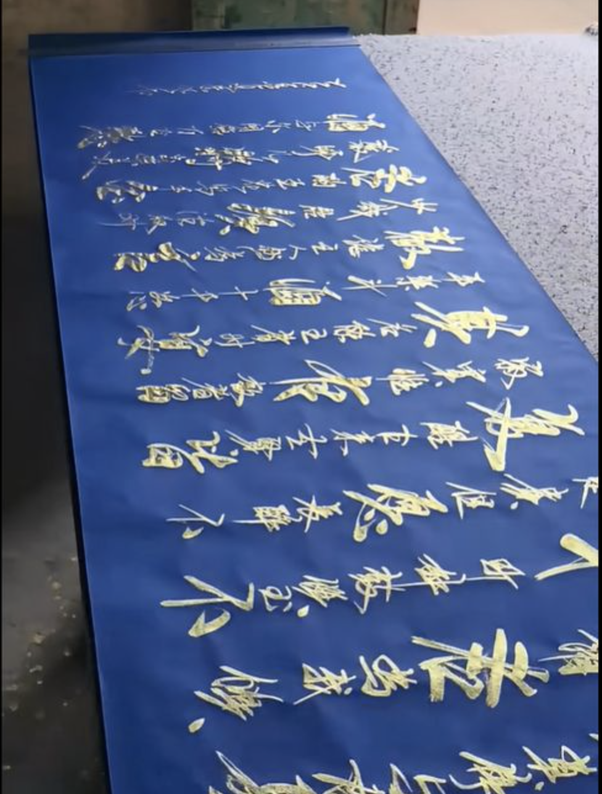This would be a really fun question for me to answer.
Little bit on my background. I’m Singaporean Chinese, L1 is Chinese and L2 is English, but due to my education and work, I’m L2 dominant.
With respect to the topic of Chinese handwriting, I would like to quote a video I watched recently, that a font designer made the point that HanZi (Chinese characters) are “simultaneously tools and toys”.
I can write Chinese functionally (here is a snapshot of my notes taken during a linguistics lecture):
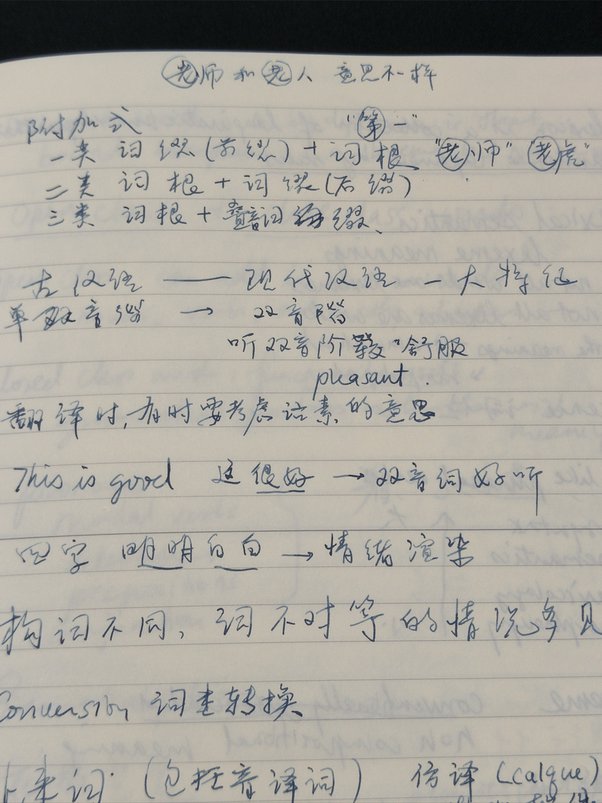
Well, looks really messy, isn’t it?
This is what happens when I have to write Chinese fast, and for my own reading only. this is the “tools” aspect of Chinese Characters, very functional and utilitarian.
Now, onto the “toys” aspect.
I am a pen calligraphy enthusiast, which means, I write calligraphic works using pens (fountain pens and pens meant for daily use, as compared to the more traditional brush calligraphers). If I write Chinese for aesthetic purposes, my handwriting can look like this:
Seal script
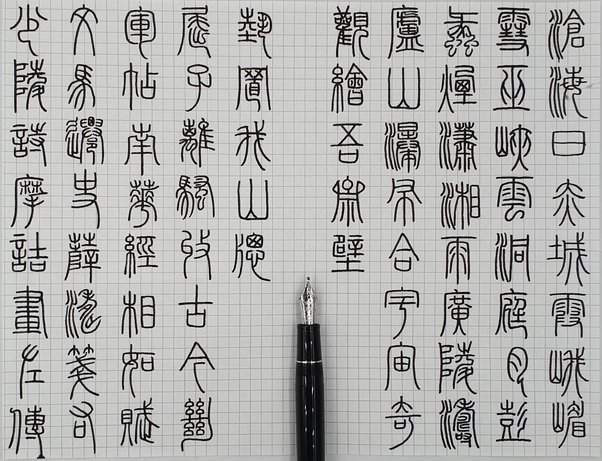
Semi cursive

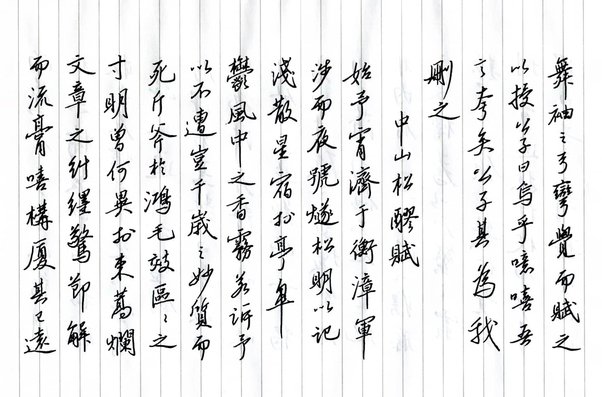
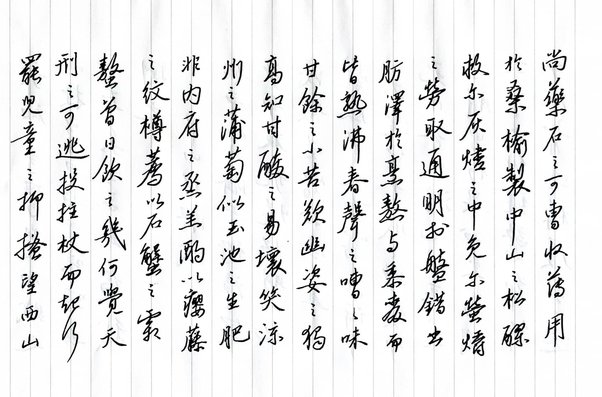
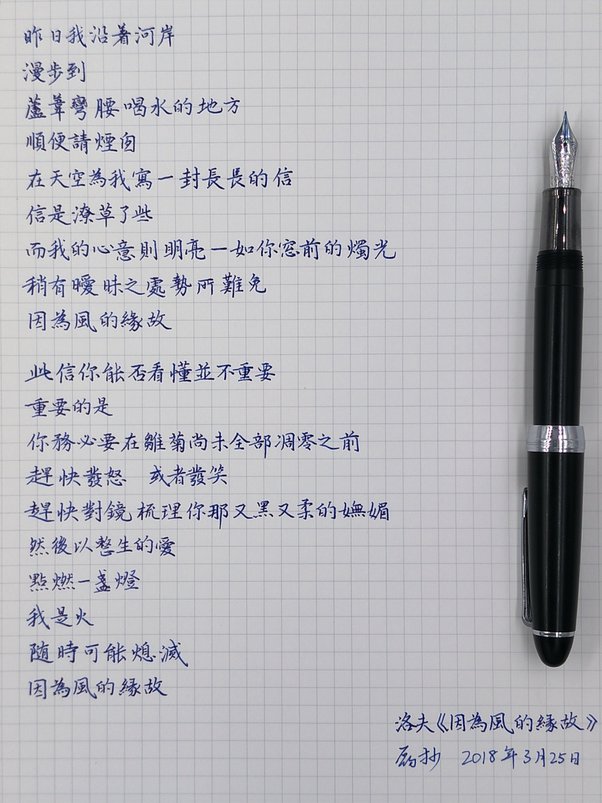
(Formal script, left to right format, poem by the Taiwanese poet, Luo Fu)

(Formal script, top to bottom, right to left format, Prajna Paramita Sutra)

(Slightly cursive script, top to bottom, right to left format, poems by Zhu Shenghao (the guy who first translated most of Shakespeare’s works into Chinese) and his lover, Song Qingru).
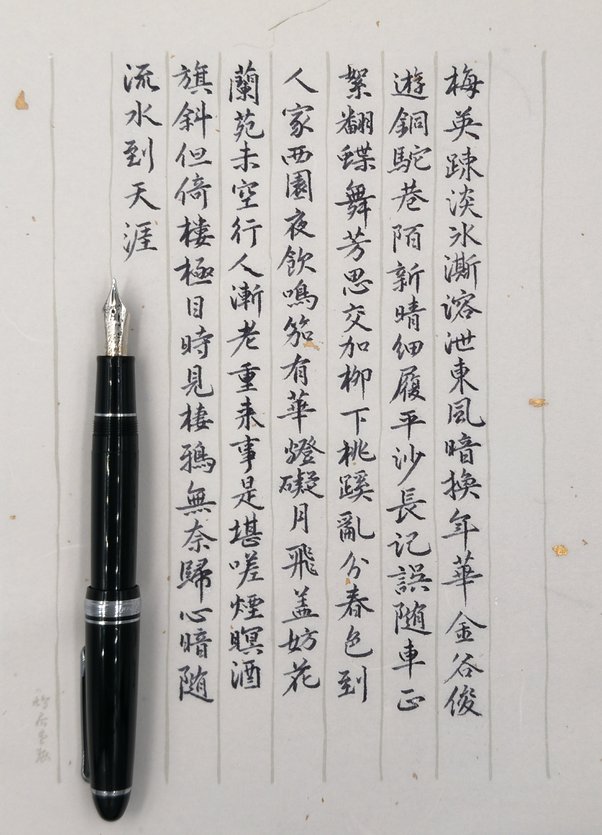
(Slightly cursive script, poem by Qin Guan)
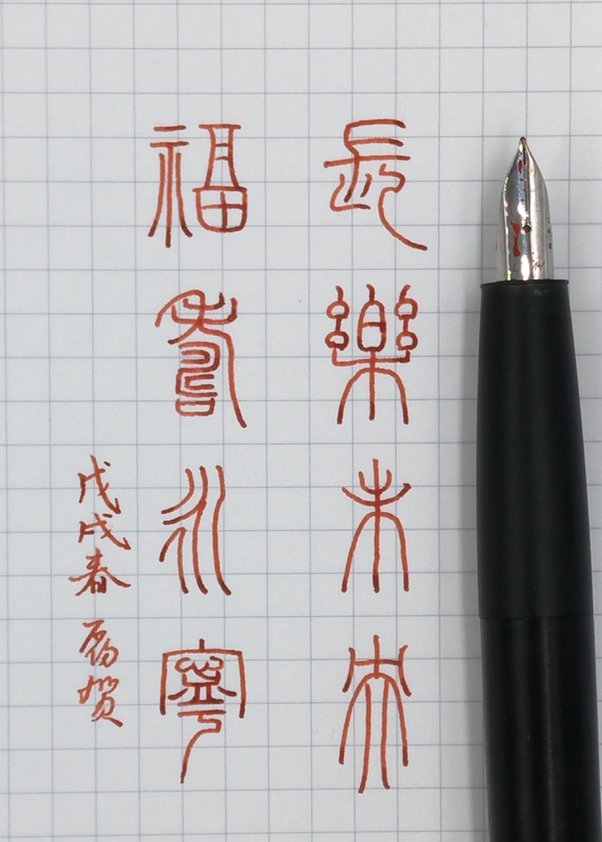
(Seal Script, well-wishing couplet)
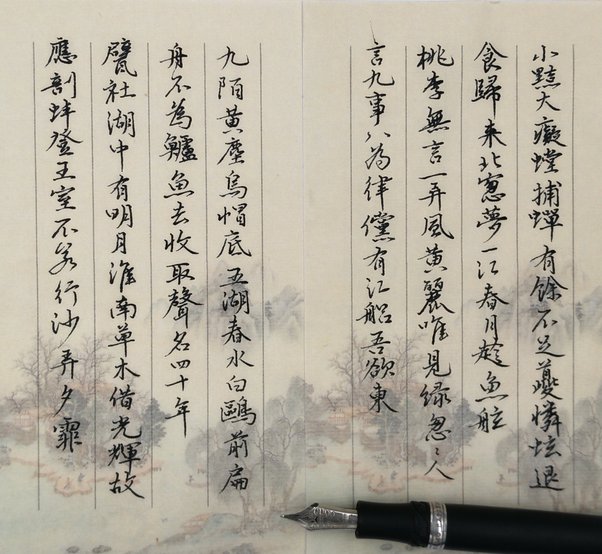
(Slightly cursive script, poems by Huang Tingjian)

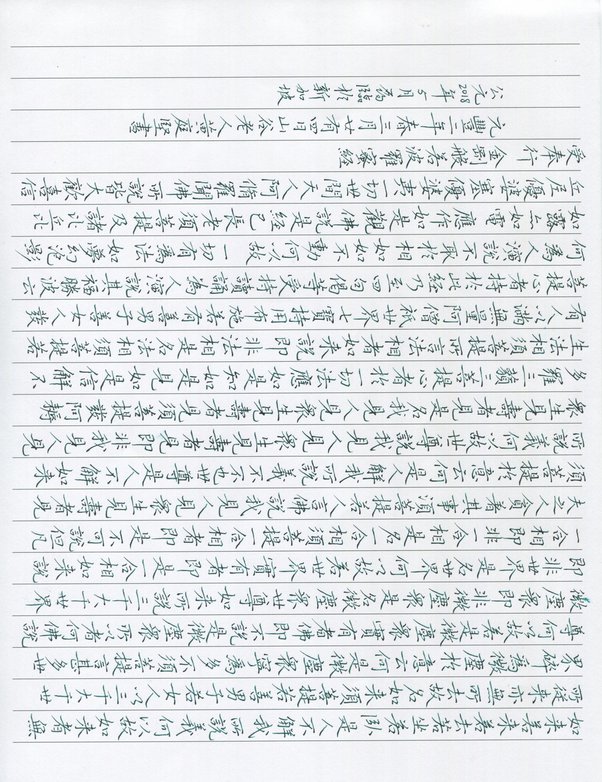
2 pages from the Diamond Vajra Sutra
EDIT
Who says gel pens aren’t good for writing Chinese? I proudly present, my $1.60 muji gel pen (formal script, top to bottom, right to left)

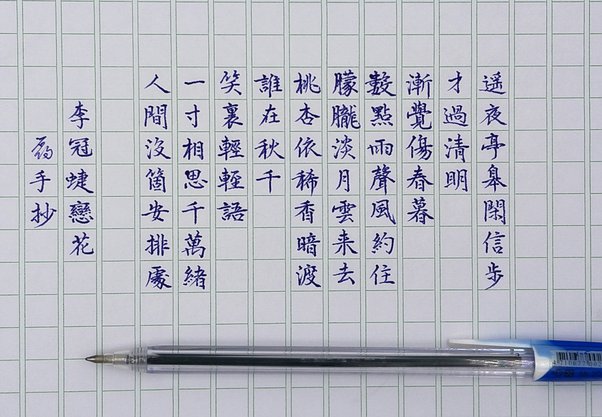
Ballpoint pens work too, but because of some limitations, I use them less frequently…
Nowadays, everyone uses computers and mobile phones, and handwritten words are rare. However, I still occasionally write a little in my diary by hand because handwritten words have more warmth than electronic text. They can also express my emotions and state of mind through the handwriting, and of course, they can also indicate where I wrote them,hahahhaa. For example, The following diary were written while I was camping in the mountains, lying in my tent. I wrote wherever I wanted, in whatever position I like. Of course, only I can probably recognize all of these handwritten words; other Chinese people can only recognize about 80% because they are so illegible.
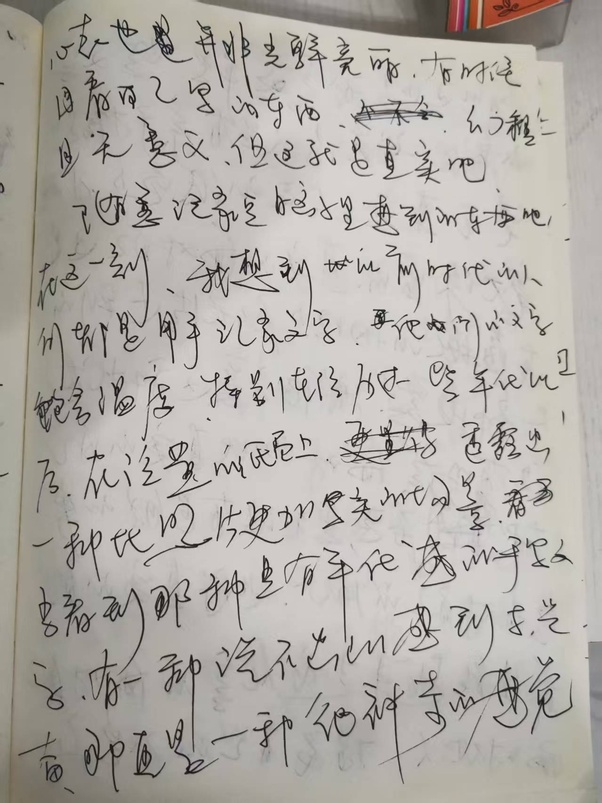

Below is the calligraphy of a famous artist and emperor from the Song Dynasty of China, named Zhao Ji. He pioneered a new style of Chinese handwriting, and his works are priceless.
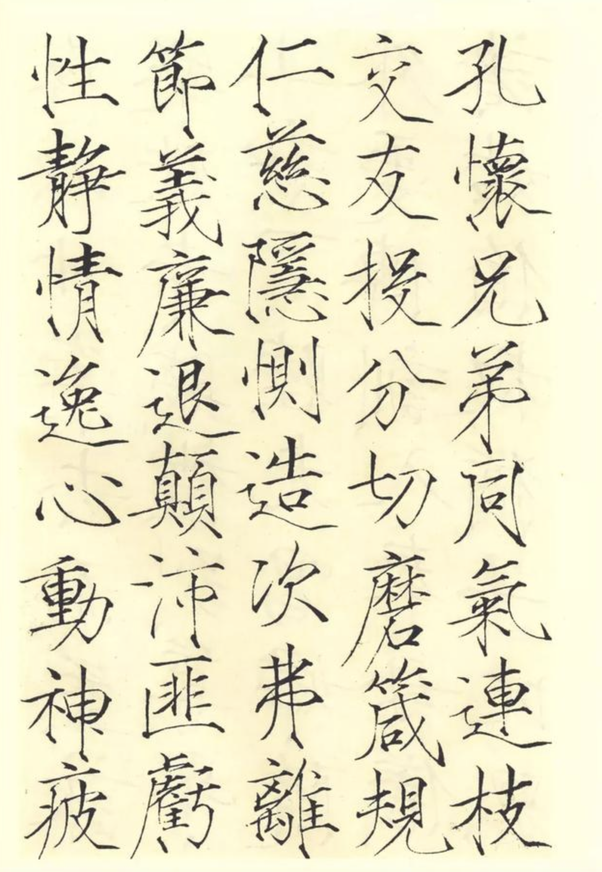
You’ll find that this handwriting is very distinctive and personal.
This was written by a 13-year-old calligrapher from China:
